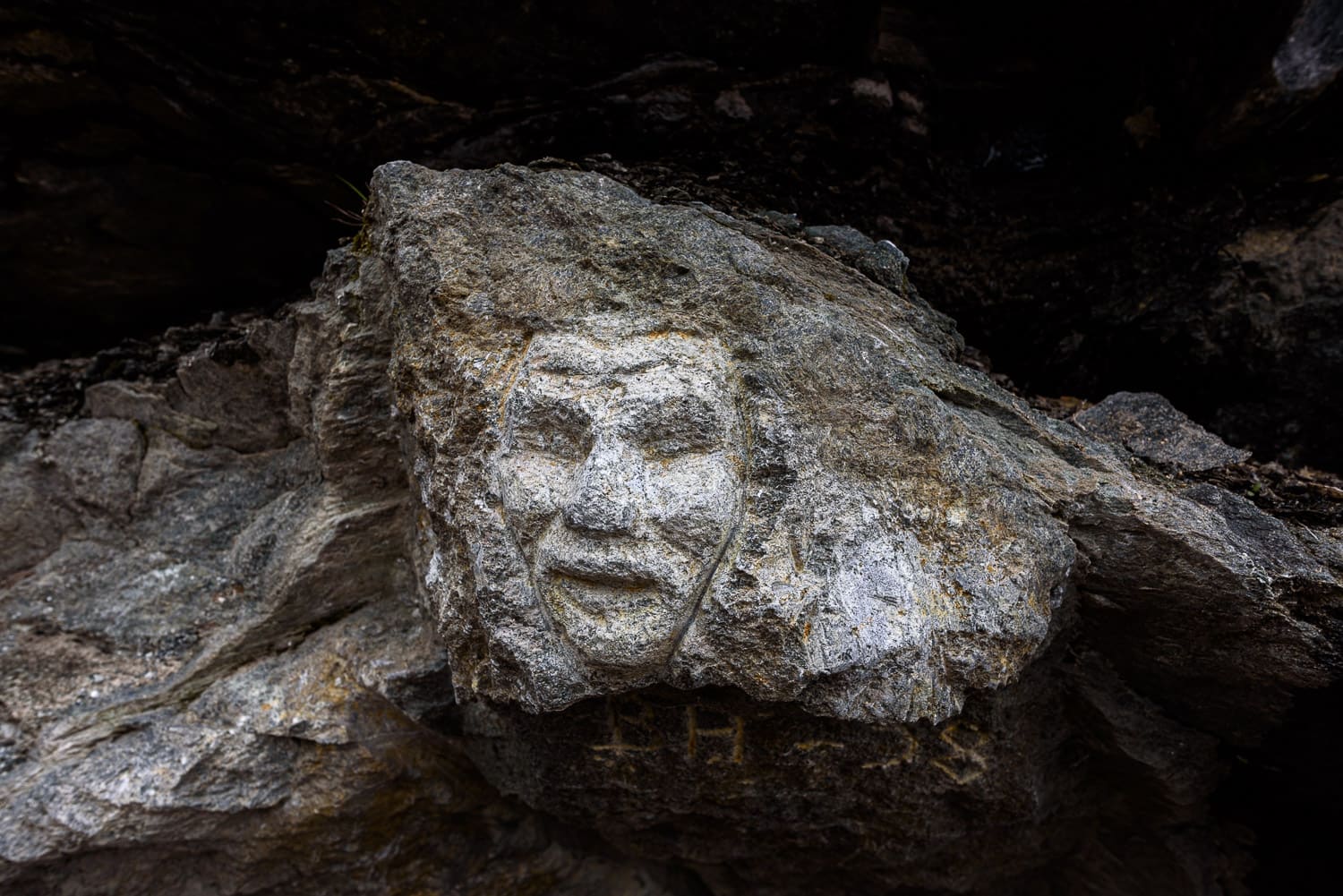wish I had known of this place in 2018
Oct. 24th, 2023 05:39 pm Back in 2018 I did a field trip with my cousin Carola to as many soapstone quarries and outcrops in southern Sweden as we could do over the course of several days driving it was a fun trip, and I enjoyed it, and analysing the samples collected have kept me busy for years thereafter.
Alas, some of the stops didn't yield any soapstone samples--sometimes because too much plant cover hid the stone, one time because the quarry is now just a lake, the shores of which are NOT soapstone. Today, while looking in the Swedish national archaeological artefact database for everything made of soapstone, I stumbled on an entry of a forest service location--a long abandoned place on the Swedish-Norwegian border, about 9 km from the above mentioned quarry lake where there had been an active soapstone quarry in the 1800's. The sons of last person living there emigrated to America in 1909.
When using that web page to find soapstone artefacts (or, in this case, an unexpected quarry) I normally open GoogleMaps to the same location, and copy the decimal form of the latitude and longitude from there, as that is faster and easier than converting from the SWEREF 99 TM N,E coordinate system. (I am keeping the lat-long in a csv file, and importing them all into google earth to plot locations on a map without bothering with a GIS program.)
This time, when I looked at the place on the googlemap there was one of those tourist info symbols on it, which led me to a cool web page describing the destination, and showing photos of the faces one or more of the miners carved into the cliffs, presumably in the 1800's given the dates it was open, and the style of the art. Here is one of them:

If only I had known about this place when I did that trip--here it would have been easy to find a small loose scrap of soapstone to take home to analyse!
Alas, some of the stops didn't yield any soapstone samples--sometimes because too much plant cover hid the stone, one time because the quarry is now just a lake, the shores of which are NOT soapstone. Today, while looking in the Swedish national archaeological artefact database for everything made of soapstone, I stumbled on an entry of a forest service location--a long abandoned place on the Swedish-Norwegian border, about 9 km from the above mentioned quarry lake where there had been an active soapstone quarry in the 1800's. The sons of last person living there emigrated to America in 1909.
When using that web page to find soapstone artefacts (or, in this case, an unexpected quarry) I normally open GoogleMaps to the same location, and copy the decimal form of the latitude and longitude from there, as that is faster and easier than converting from the SWEREF 99 TM N,E coordinate system. (I am keeping the lat-long in a csv file, and importing them all into google earth to plot locations on a map without bothering with a GIS program.)
This time, when I looked at the place on the googlemap there was one of those tourist info symbols on it, which led me to a cool web page describing the destination, and showing photos of the faces one or more of the miners carved into the cliffs, presumably in the 1800's given the dates it was open, and the style of the art. Here is one of them:

If only I had known about this place when I did that trip--here it would have been easy to find a small loose scrap of soapstone to take home to analyse!




